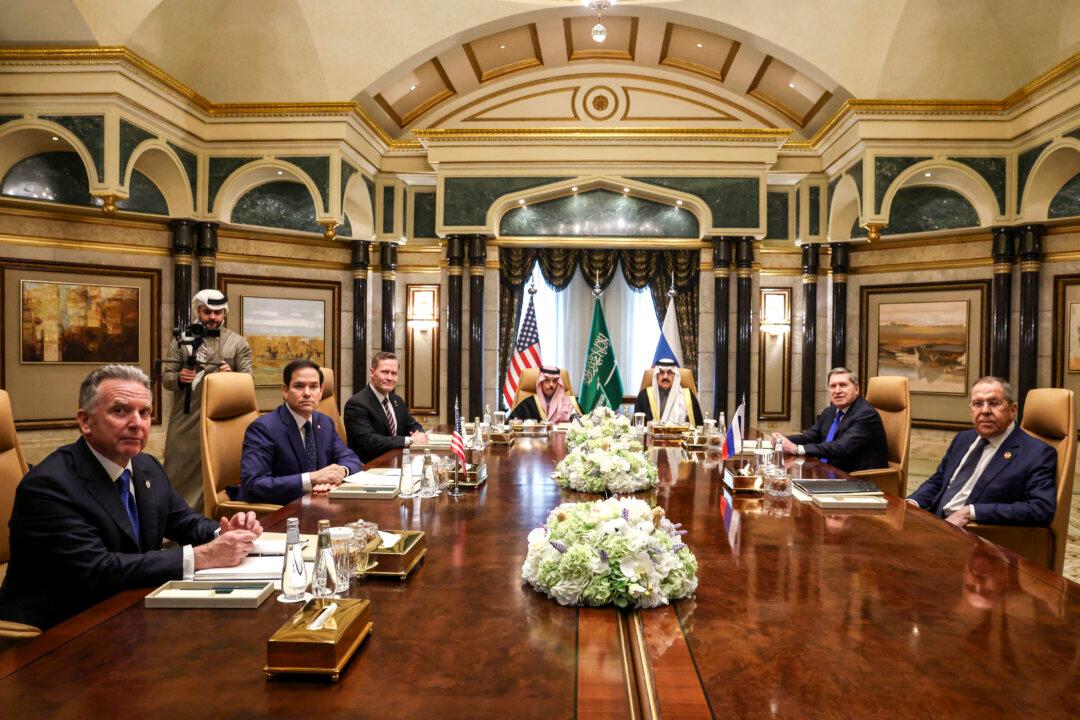Commentary
The Chinese Communist Party (CCP) is engaged in a massive deception operation to move the United States to commit much of its defense budget to acquiring a new, nuclear-tipped intercontinental ballistic missile (ICBM) system at a time when Beijing has moved to far more powerful hypersonic strategic weapons.





